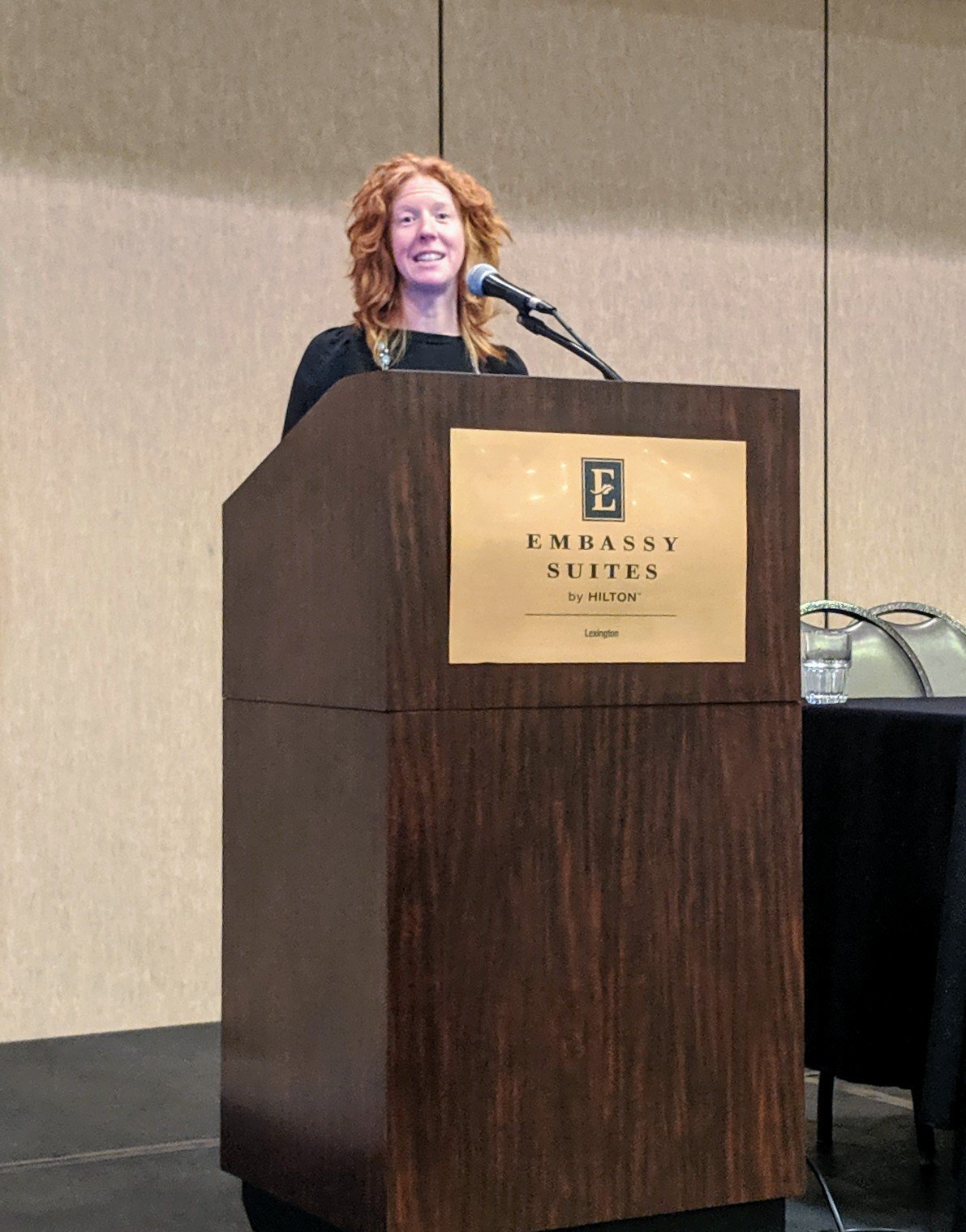Photo Credit: Rido81 via Bigstock
As students of all ages settle into their classes, Community Catalyst staff have been traveling across the country talking about Medicaid in K-12 schools. From Kentucky to New Mexico to West Virginia, we’ve visited with advocates at conferences and annual coalition meetings to explain the connection between health and education and describe how states can take advantage of the “free care policy reversal.”
Historically, Medicaid only paid for health services in school when they were provided to students under Individual Education Program (IEP) plans. In 2014, the Centers for Medicare and Medicaid Services changed this rule through the “free care policy reversal.” Under this new rule, it is possible for schools to bill for health services provided to any child enrolled in Medicaid.
 As you may know, there is clear evidence of a strong relationship between a student’s health and their educational outcomes. A child’s readiness to learn is influenced by their physical, social and emotional health. A child’s well-being is also influenced by racism, anti-LGBTQ sentiment, ableism, and stigma towards those living with mental illness or addiction. Unfortunately, 14 million students are in schools with school resource officers but no counselors, nurses, psychologists or social workers. This has contributed to a disproportionate rate of criminalization of students with disabilities and youth of color.
As you may know, there is clear evidence of a strong relationship between a student’s health and their educational outcomes. A child’s readiness to learn is influenced by their physical, social and emotional health. A child’s well-being is also influenced by racism, anti-LGBTQ sentiment, ableism, and stigma towards those living with mental illness or addiction. Unfortunately, 14 million students are in schools with school resource officers but no counselors, nurses, psychologists or social workers. This has contributed to a disproportionate rate of criminalization of students with disabilities and youth of color.
In our work to expand school-based services, we have to pay attention to this reality, which means making sure that services are tailored to meet the needs of every student. For example, the American Academy of Pediatrics (AAP) recently explained that pediatricians and other pediatric health professionals need to be aware of how race and racism affect a child's health and well-being. The AAP encourages providers to make sure that all children and youth know that their whole selves are welcome, will be treated with respect and given high quality care. This also includes affirming a young person’s LGBTQ identities and supporting inclusion of individuals with disabilities.
As we’ve crisscrossed the United States, we offered advocates and some state officials some important ways that states can ensure schools are effectively using Medicaid to provide services to students:
- Develop the program that works best for your state. Each state that is implementing the free care policy reversal is creating a program that addresses the diversity of their students and their circumstances. Some states have focused in on particular provider types or specific services like those related to behavioral health while others are making broader changes. For more on how states are choosing to implement the free care policy reversal see this issue brief.
- Take your time and be deliberate. Some states are choosing to start small while others are jumping in full throttle. A state’s readiness to take on free care reversal requires being mindful of the hurdles around billing and infrastructure. While Massachusetts expanded providers, services and billing in one state plan amendment, other states like Colorado and North Carolina are choosing to move more slowly as they implement Medicaid reimbursement of services for school health providers. There is no wrong way. But it is important to perform a landscape analysis of your state’s strengths and weaknesses with respect to infrastructure and needed services before moving forward.
- Stakeholder engagement is critical. If you’re uncertain how to develop the program that works most effectively for your state’s students, parents, school personnel and state agency officials, ask them for guidance! Communicating with stakeholders and incorporating their feedback will make free care policy reversal implementation more effective. Bringing stakeholders together at the start is critical to ensuring that any challenges are identified early and solutions are customized for the individuals accessing services and those providing care.
- Data sharing is possible and essential. Data helps us understand how well we are meeting the health care needs of students including determining whether they are enrolled in insurance. There are federal privacy laws that protect health records (HIPAA) and education records (FERPA). Sometimes these laws are posed as barriers to sharing information among stakeholders, but that doesn’t have to be the case. The District of Columbia put in the hard work to come to agreement on how to protect privacy and share information among agencies. This agreement led to a document used to identify the schools with the greatest gaps in service utilization and highest Medicaid enrollment. It also resulted in the creation of snapshots for managed care organizations that document the health of their student enrollees. States can and should find ways to share data among stakeholders so that the quality of care is effectively monitored and duplication of services is prevented.
As advocates, our mission is to participate in the planning and implementation of the free care policy reversal. Using the recommendations above, advocates can help states make progress toward integrating health services into their schools in ways that address the diversity of students and their circumstances. Together, we can make sure that all students are healthy and ready to learn.
Photo Credit: Angela Cooper, Kentucky Voices for Health
